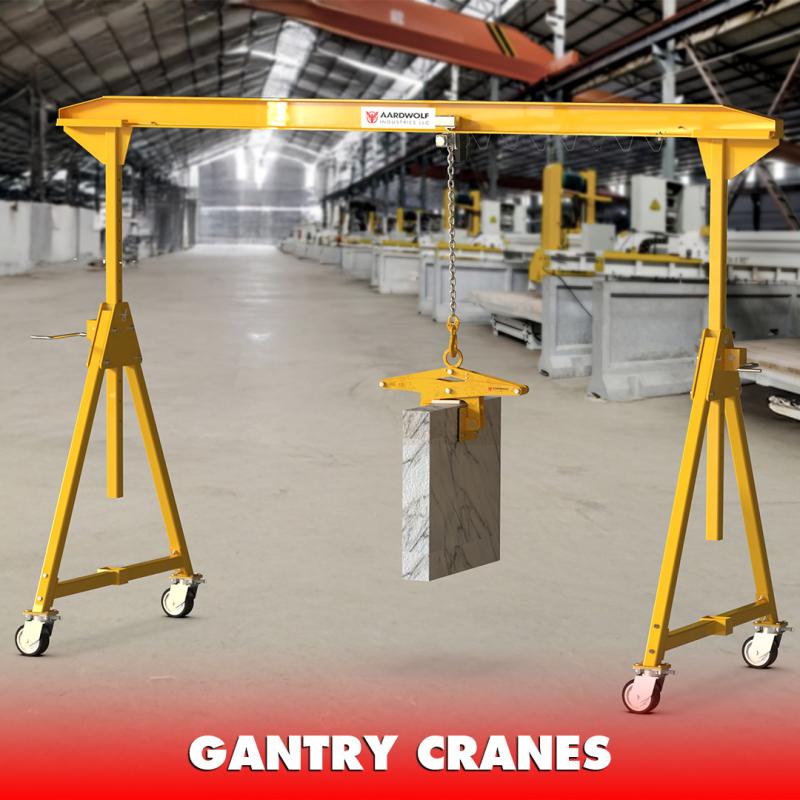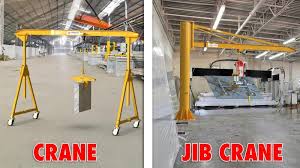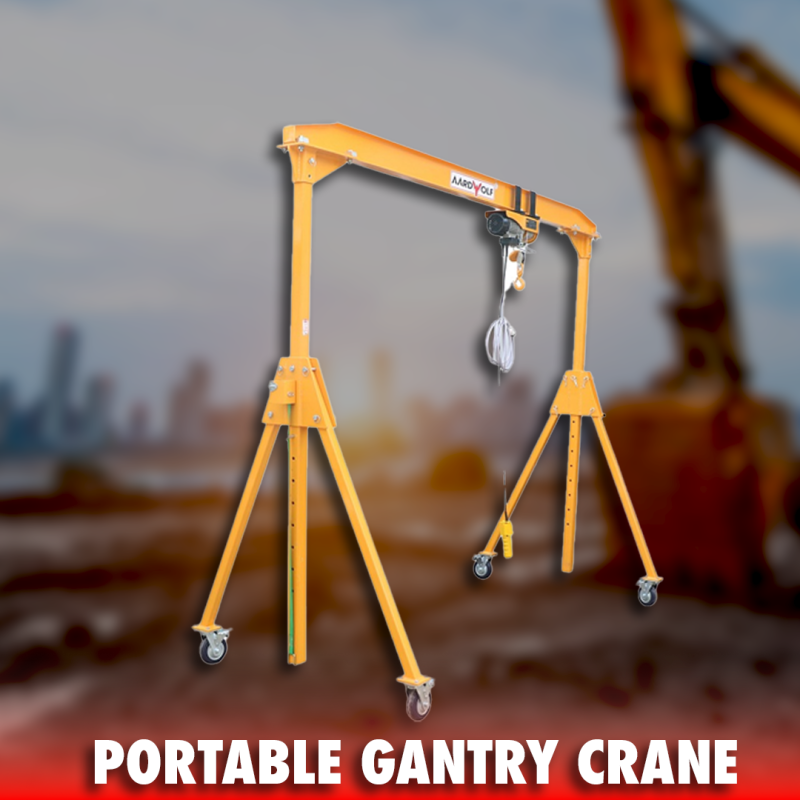Kerb stone—often referred to as kerb-stone, curb stones, or granite kerbs—has been a fixture of city streets for centuries. Yet, its role and design have evolved dramatically over time. What began as a simple boundary marker now serves multiple purposes in contemporary urban landscapes, including aesthetic enhancement, pedestrian safety, and environmental sustainability. Below is an exploration of how kerb stone has transformed across eras, backed by recent studies and data highlighting its significance in modern city planning.
How Did Kerb Stone Begin? A Historical Overview
Ancient Beginnings
Archaeological evidence shows that even the earliest civilizations used stones to demarcate roads and pedestrian zones. The rudimentary rocks that once lined dirt paths offered a basic form of protection, keeping carts and livestock away from pedestrian areas. According to a 2015 study in Urban Heritage Review, these primitive kerb stones were among the first attempts at structured urban planning.
Standardization in Growing Cities
As cities expanded, uniformity and durability became paramount. Quarried stones—particularly granite—replaced rough rocks, providing consistent dimensions and sturdier barriers. By the 18th and 19th centuries, horse-drawn wagons and nascent rail systems facilitated stone transport, making it feasible to install standardized kerb stones on a wide scale. This shift was a turning point, transforming kerb stones into recognizable features of emerging modern metropolises.
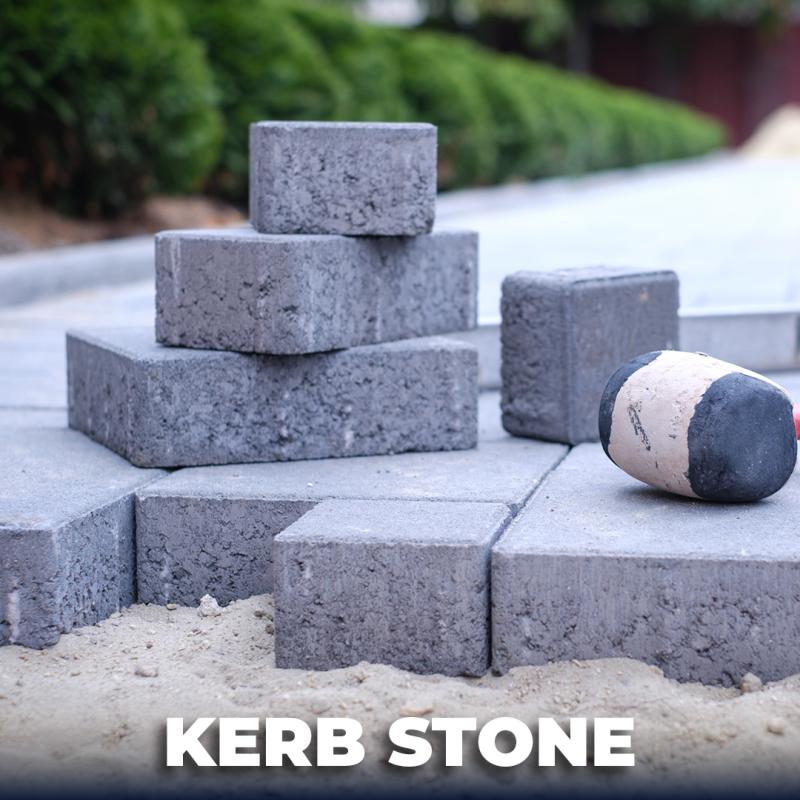
What Materials Drove the Evolution of Kerb Stones?
The Timeless Appeal of Granite Kerbs
Granite has long been the gold standard for kerb stones. Renowned for its strength and weather resistance, granite kerbs can last for decades, often requiring minimal maintenance. A report by the American Society of Civil Engineers (ASCE, 2018) estimates that granite kerbs can maintain their structural integrity for up to 30 years in regions with harsh winters and heavy traffic.
Concrete and Composite Alternatives
Over time, however, the cost and environmental impact of quarrying and transporting granite led to the rise of precast concrete kerb stones. These alternatives can be molded to precise specifications and often incorporate recycled aggregates, reducing their carbon footprint. In fact, a 2020 Concrete Centre (UK) study revealed that substituting a portion of virgin materials with recycled content can lower the overall carbon emissions of concrete kerb stones by up to 30%.
Sustainable Stone Transportation
In parallel with material improvements, stone transportation methods have also evolved. Advances in logistics—such as containerization and optimized routing—minimize fuel consumption and reduce handling errors. The UK Department for Transport (2017) reported a 20% increase in delivery efficiency thanks to modern stone transport techniques, benefiting both large-scale urban projects and smaller municipal initiatives.
Why Are Kerb Stones Essential to Urban Design?
Urban Aesthetics and Public Space Design
Kerb stones today are not just functional separators; they are integral to a city’s visual language. Thoughtful design choices—like custom finishes, color variations, or embedded artistic motifs—can enliven streetscapes and public squares. A 2018 survey in the Journal of Urban Design found that aesthetically pleasing kerb stones boosted overall resident satisfaction with public spaces by 15%. This underscores their power to enhance a city’s identity and charm.
Road Safety and Infrastructure
Functionally, kerb stone is vital for guiding traffic flow, preventing vehicle encroachment onto sidewalks, and safeguarding pedestrians. The National Institute of Transportation (NIT, 2020) reported a 12% decrease in pedestrian accidents in areas where kerb stone edges were clearly demarcated and regularly maintained. Some modern designs also incorporate channels or slopes to improve drainage, reducing the risk of flooding and water accumulation on roads.
Sustainability and Environmental Considerations
In an era increasingly focused on eco-friendly development, kerb stones can be part of a city’s green strategy. Precast concrete kerb stones made with recycled materials and low-carbon binders align with sustainability goals. Additionally, modular systems generate less waste during installation and can be replaced in sections, extending the overall life cycle.
How Are Modern Techniques Revolutionizing Kerb Stone Installation?
Mechanized Installation for Precision
Gone are the days of purely manual kerb stone placement. Today’s mechanized processes use specialized equipment to position both granite kerbs and concrete curb stones with exacting precision.
Among the cutting-edge tools is the Aardwolf Stone Kerb Clamp, which securely holds and accurately aligns each kerb stone during installation. This innovation not only speeds up project timelines but also minimizes the risk of human error.
Municipal data from Infrastructure Today (2021) shows that mechanized kerb stone installation can cut labor costs by up to 30%, freeing funds for other infrastructure needs.
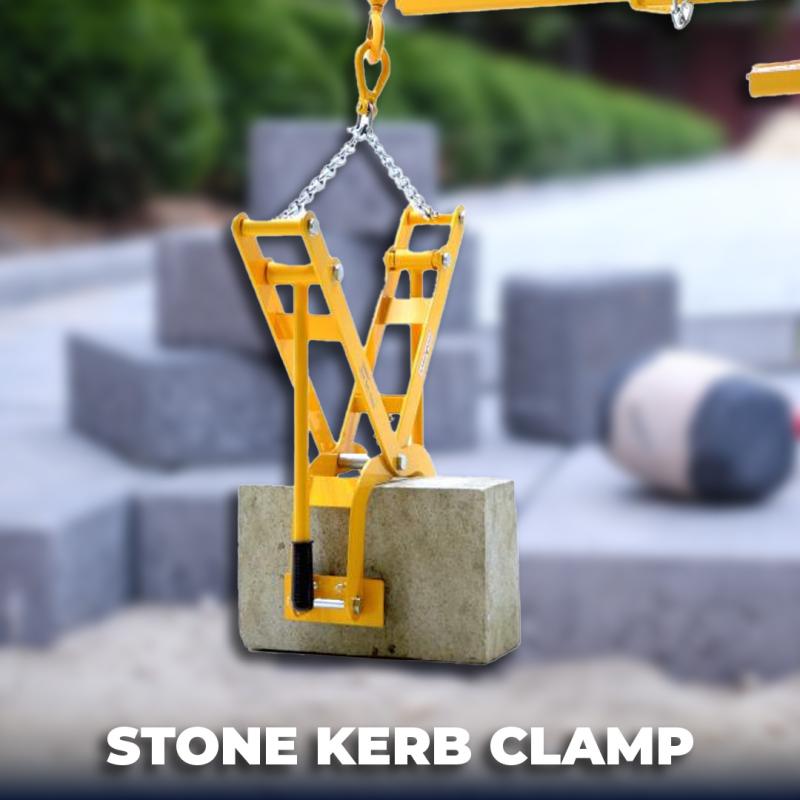
Modular and Interlocking Designs
Modern kerb stones often feature interlocking or modular designs that simplify repairs. If a section is damaged, individual units can be replaced without having to remove long stretches of stonework. This localized approach reduces both downtime and material waste. In the same Infrastructure Today survey, 40% of city planners cited modular kerb stones as a major factor in lowering long-term maintenance expenses.
Proactive Maintenance for Longevity
Finally, proactive upkeep—regular inspections, prompt repairs, and careful cleaning—ensures kerb stones retain their form and function over time. Many municipalities now use sensor-based systems or scheduled check-ups to identify damage early, preventing small cracks from becoming costly hazards.
What Does the Future Hold for Kerb Stones?
From the earliest stone markers that guided horse-drawn carts to today’s engineered kerb stones that balance aesthetics, safety, and sustainability, the journey of these urban fixtures mirrors the evolution of city planning itself. Innovations in material science, improved stone transport logistics, and efficient installation methods have solidified kerb stones as indispensable components of modern infrastructure. As cities continue to grow and adapt to new environmental and social challenges, kerb stones will undoubtedly remain at the forefront—testaments to how functional design can shape a city’s identity while ensuring public well-being.



















